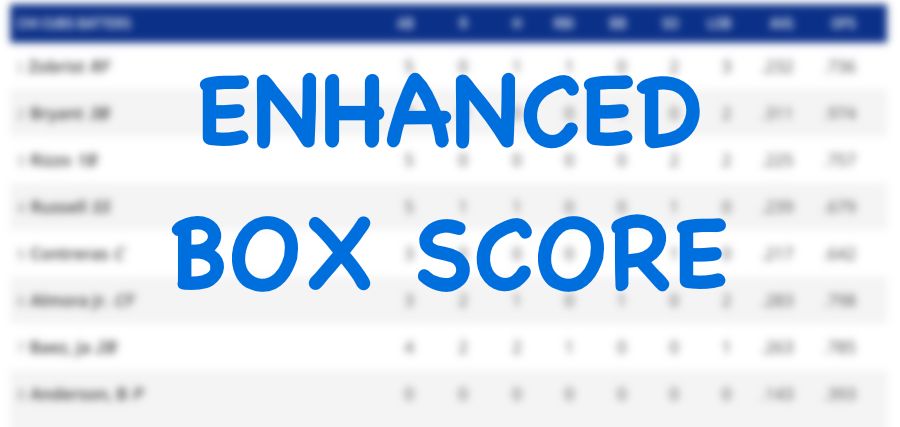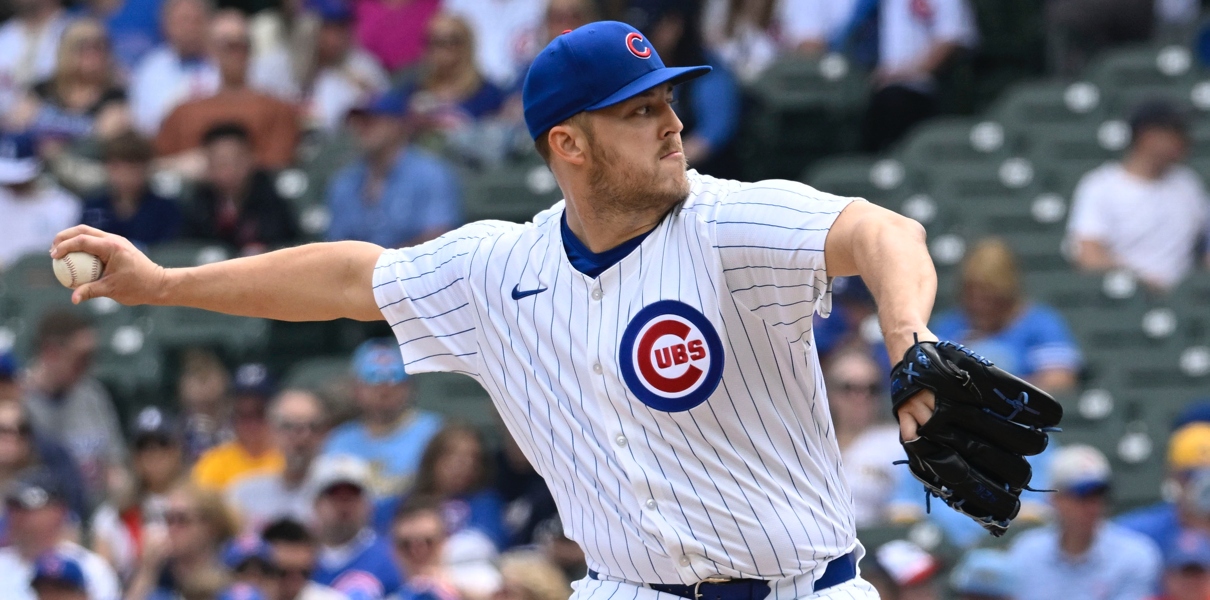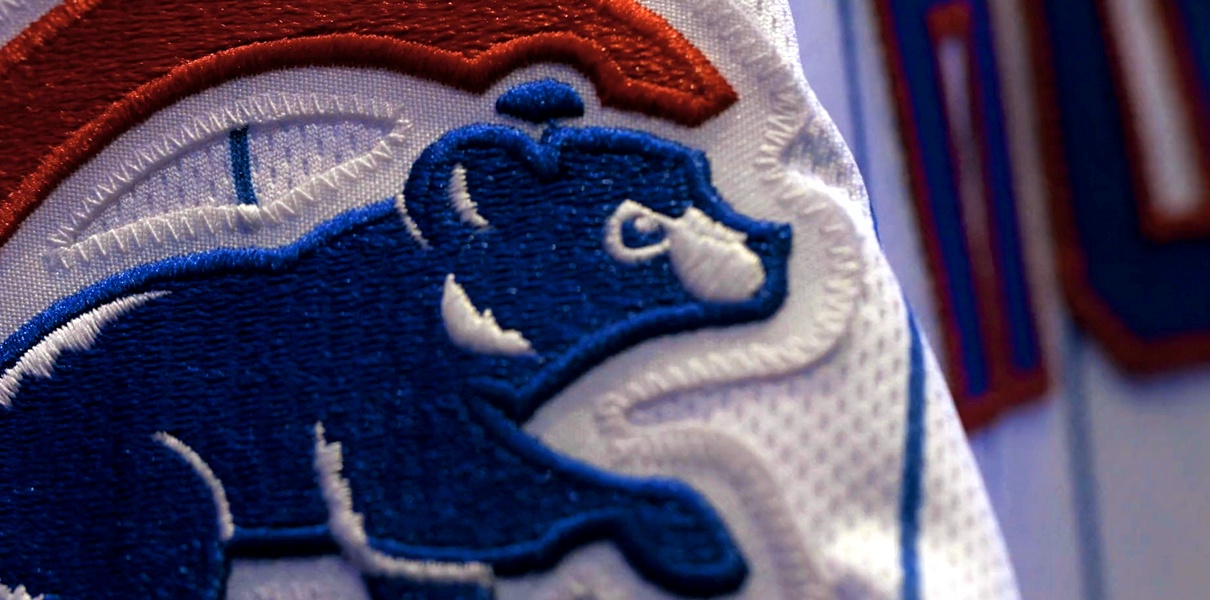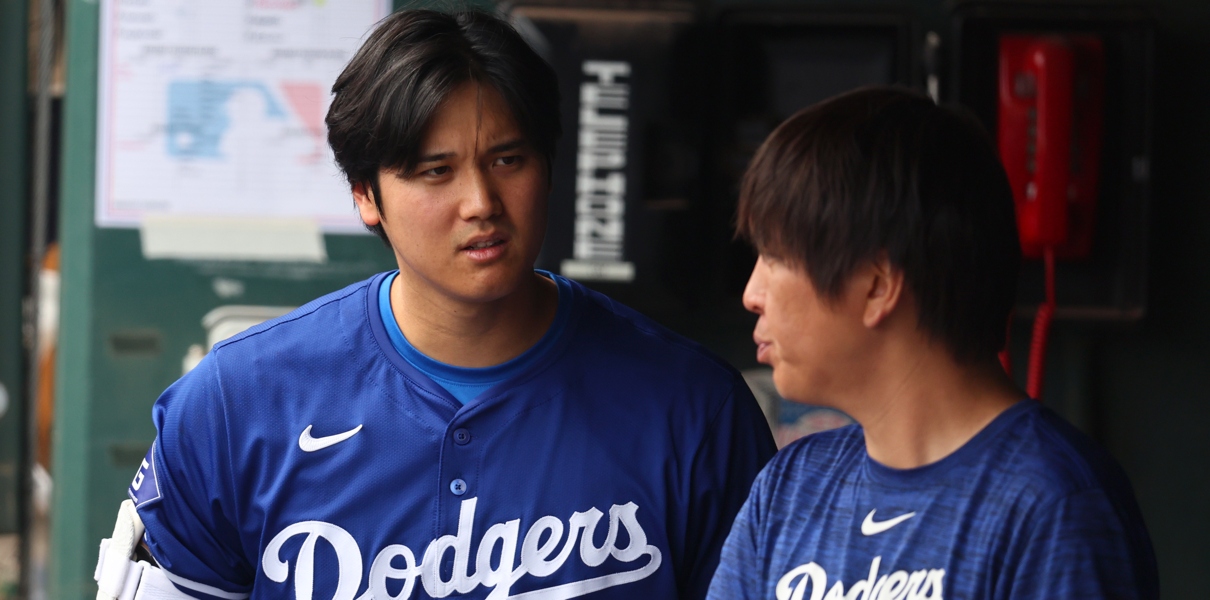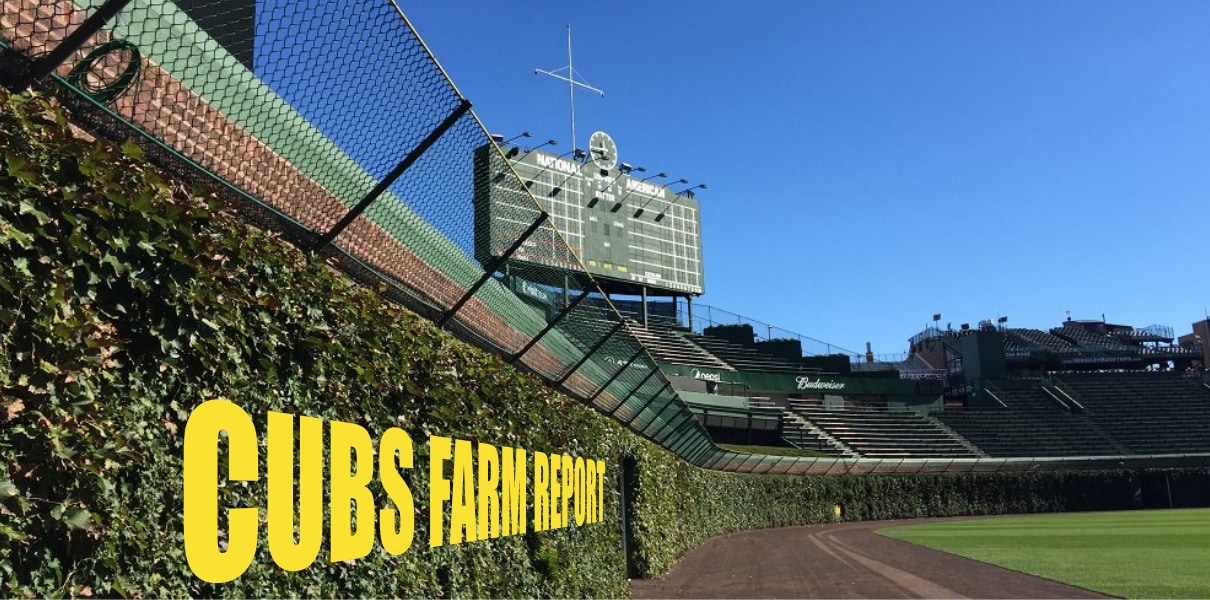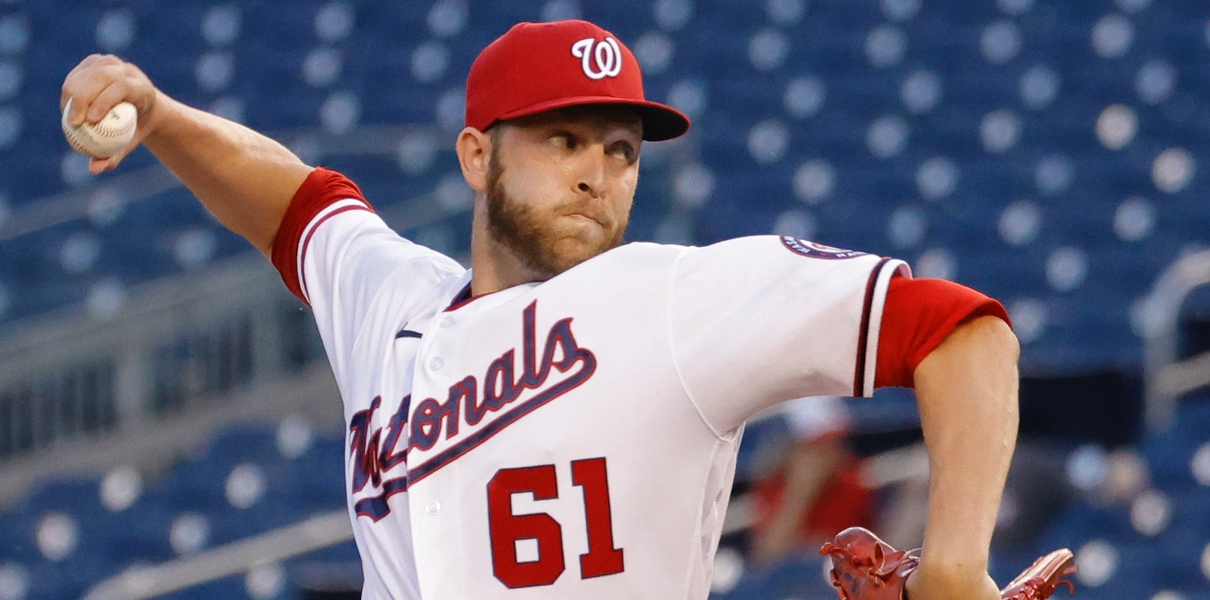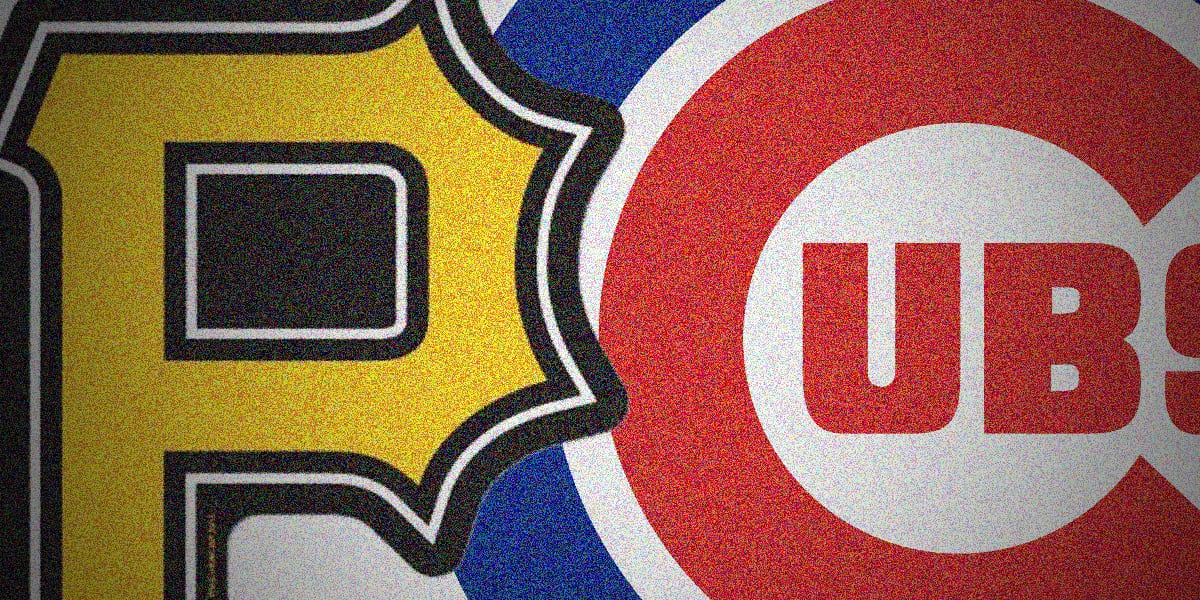Look, I was as apprehensive about Eric Hosmer “stealing” early-season at-bats from 1B prospect Matt Mervis as any of us. Even knowing Mervis could arrive at any time — and that the Cubs could similarly cut bait with Hosmer at an exceedingly low cost whenever they wanted — the decision felt a little cowardly. Maybe Mervis had the lower floor to start the year, but the ceiling was obviously much higher. And since the Cubs really needed to get off to a hot start, I wanted to see the Cubs roll their dice on the upside.
But then it was kind of okay. Or so it seemed.
Sure, Mervis is/was absolutely destroying Triple-A Iowa: .263/.423/.553 (147 wRC+); 3 homers and 13 RBI in 11 games. But Hosmer was coming through, himself, in Chicago. And on both sides of the ball. If you’ve been following along this season, you remember at least two enormously important defensive picks at first base at key points in a couple of a games, and the bat appeared to be playing, too. In fact, before Wednesday’s finale against the Mariners, Hosmer (116 wRC+) was an above average offensive contributor with an OBP approaching .400.
And, to be fair, even after going 0-4 with two strikeouts on Wednesday, Hosmer still has a .273 batting average and a .351 OBP heading into tonight’s series against the Dodgers. Those numbers are good! So he’s been good, right?
Eh, not so much.
For one quick thing, while his average and OBP are better than the generic league average hitter, the margin narrows when you compare it to the league average first baseman. And more to the point, his overall slash line is undercut by a .333 SLG, which has been 20% worse than the league average hitter and 26% worse than league average first baseman.
Combining that all into one number to start the year, Hosmer (91 wRC+) has been about nine percent worse than the league average hitter and 17% worse than the league average first baseman (108 wRC+).
But I’m not here to put Hosmer down based solely on the results of 10 games and 37 plate appearances. We’ve already shown how big of a difference one game can make in either direction this early in the year. I would, however, like to point out that even those numbers are well above what you would expect in terms of results based on his underlying performance. And how that performance aligns precisely with our concerns over his general offensive trajectory before he played a single game with the Cubs.
Let’s start broad. Among our concerns coming into the season, was Hosmer’s declining power based on declining launch angles and exit velocities, and increasing ground ball rates.
But he was at least making some hard contact before coming to the Cubs. He was still below average in that regard, but this season, so far, Hosmer’s 32 hard% is ten percentage points below his career average (42%) and far below his peaks from 2019-2021 (46-47%). He has also yet to barrel a ball and is carrying an unsustainable .360 BABIP (especially considering his speed).
Because of all that, Statcast has his expected batting average (.198), SLG (.238, bottom 3%), and wOBA (.246, bottom 9%) among the worst in baseball.
To put it simply, he’s been hitting the ball on the ground, softly, a lot. He’s just been able to find some holes (again, at an unsustainable rate), propping up the superficial numbers.

And it doesn’t really end there.
While Hosmer hasn’t been striking out a TON (21.6% is fine). His plate discipline has been down pretty much across the board (career numbers in parentheses).
Out-of-zone swing%: 40.7 (33.9)
In-zone swing%: 65.7 (68.7)
Out-of-zone contact%: 80.0 (66.6)
Zone contact%: 84.1 (88.2)
First pitch strike%: 73 (57.1)
Called strikes + whiff%: 26.6 (25.2)
To put these stats into words, he’s swinging at more pitches out of the zone and fewer pitches in the zone. He’s making more contact on pitches he shouldn’t be offering at and less contact on pitches he should be offering at. He’s starting more of his plate appearances 0-1 and he’s netting more strikes overall. Frankly, this tells me a further increase to his strikeout rate is at least as plausible (if not more) than a positive regression.
So outside of whatever value he brings in terms of leadership and defense (neither of which have zero value!), it really hasn’t worked out with Hosmer.
So where does that leave us/the Cubs? Well, probably where we should have been all along: Absent a truly remarkable turnaround to the underlying performance, Eric Hosmer’s results should not dictate his own fate. Matt Mervis’ performance should. If Mervis continues to demonstrate an ability to crush Triple-A pitching, he needs to be brought up to Chicago and continue his development with near-everyday opportunities against big league pitching.
The good news for the Cubs is that cutting Hosmer, when the day comes, will cost them just his $720K salary (the Padres are on the hook for the rest), assuming he doesn’t catch on anywhere else on a big league deal.
It’s nothing personal with Hosmer, who really does seem like an excellent teammate and person. But when our pre-season concerns are met almost entirely by the underlying performance *and* Matt Mervis is crushing Triple-A, it’s tough to make an argument against the 1B veteran-prospect swap.




